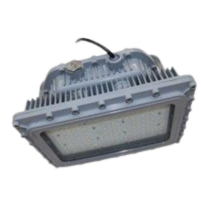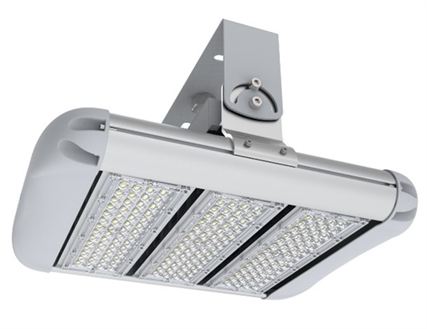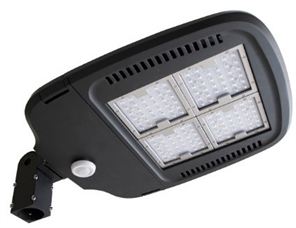Illuminating Spaces with High Performance LED Lighting Solutions
Experience the transformation of any space with our state-of-the-art LED lighting products, designed for high performance and superior illumination
Explosion Proof, Food Processing & High Temperature LED Lights for Industrial Use
About Maes Lighting
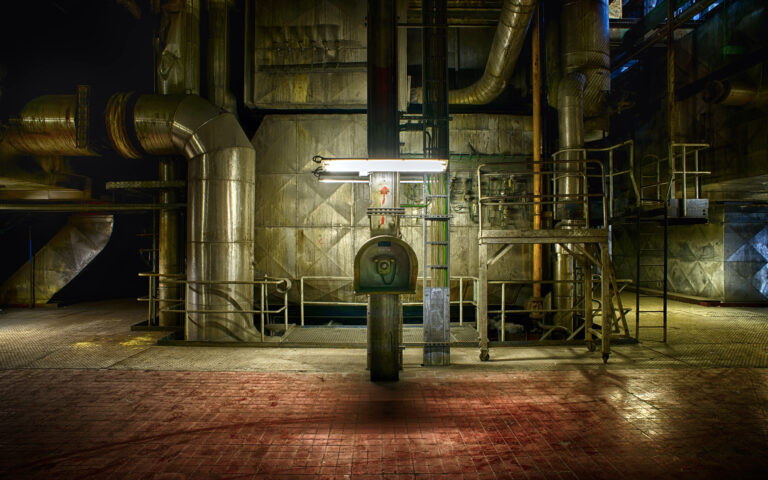
Industrial LED Flood Lights
Started in 2008, Maes Lighting is a family owned business based in Broken Arrow, Oklahoma. We supply Industrial Lighting products to customers worldwide. Our company is customer focused and we believe in delivering great products at a good value. We know that we have to earn your business and our goal is to create long term relationships with our customers. As a result of doing this, most of our business is from repeat customers and referrals. We stand behind our products with a manufacturers warranty and a manufacturers return policy.
Our Products
LED lighting has transformed the lighting industry due to its broad range of applications, flexibility in terms of shape and color dynamics, exceptional efficiency, and longevity. This new generation of efficient lighting dominates every space and is a common tool in hotels, shops, museums, theaters, commercial buildings, industries, and smart workplaces.
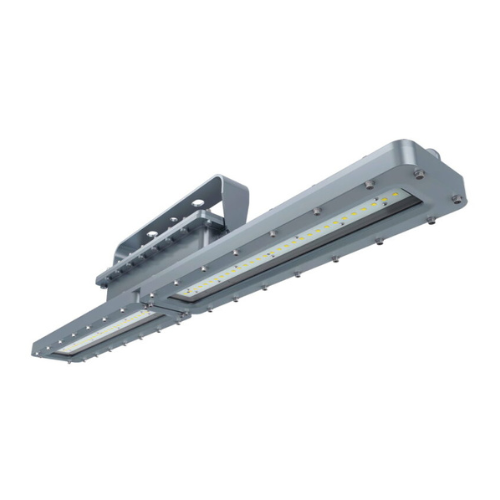
Explosion Proof Lights
Explosion-proof LED lights can’t be well understood without knowing which environment is generally called a hazardous one. There are many but in this context, any
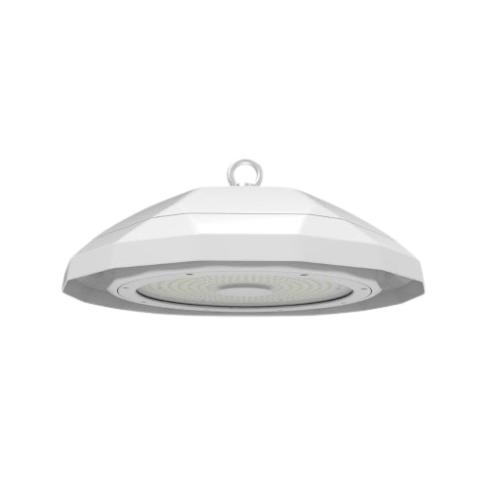
Food Processing Lights
High-quality LED lighting, particularly with CRI 90 or greater, can reduce workplace accidents and sickness by 2-5%, while improving employee focus and concentration.
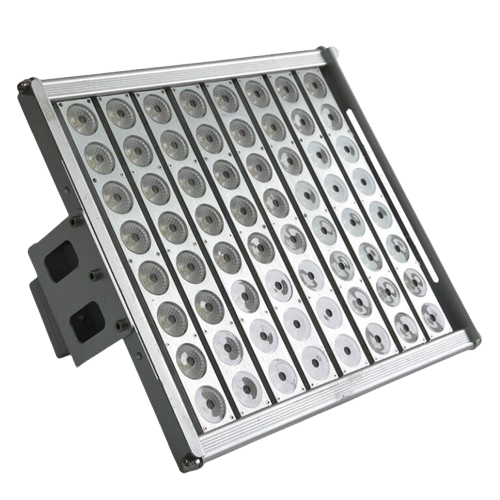
High Temperature Lights
Maes offers high-temp LED lighting for high bays and floods, working up to 210°F. Featuring Cobb LED and a heat sink, it's the best for high-temp environments.
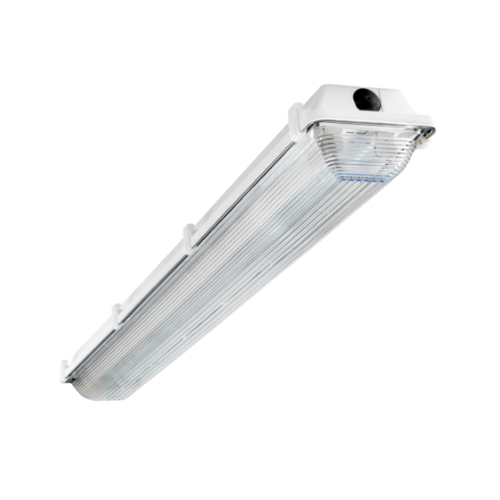
Vapor Tight Lights
Vapor tight LED lights or Wet area lights are the best lighting solutions for both indoor and outdoor environments where there is a constant risk of exposure to water
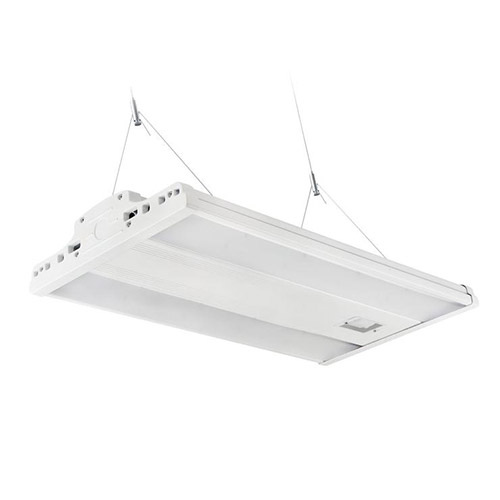
High Bay Lights
Bright and attractive light is not only limited to the residential and commercial areas, but it has also got a profound place in the industrial environments as well.A well
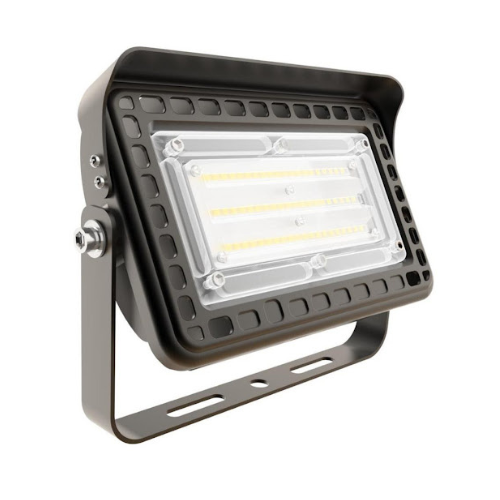
Flood Lights
The sturdy construction and low electric consumption have made the high lumen(130 to 150 lumens/1 watt) LED floodlights the best choice for many commercial applications
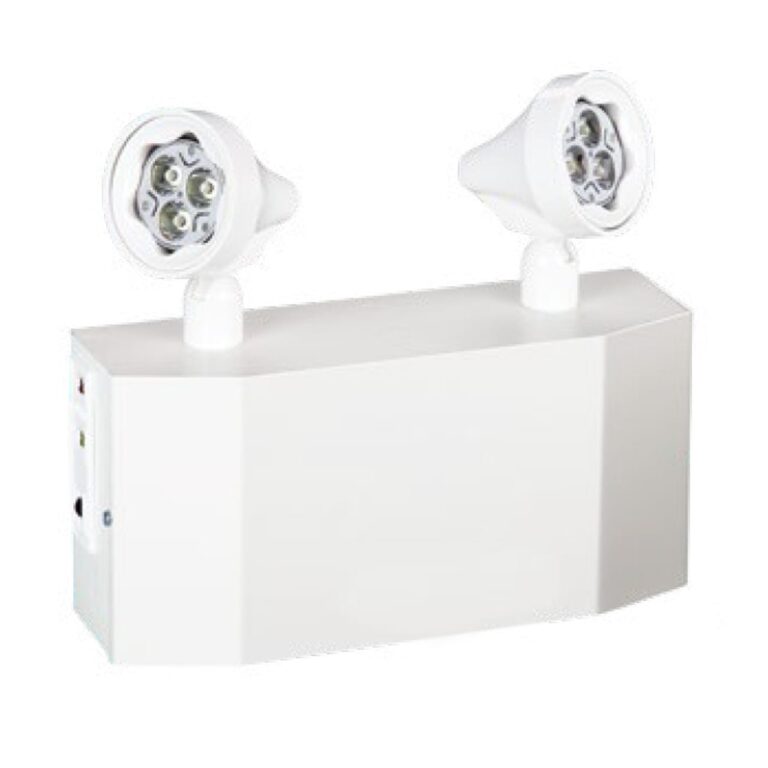
Emergency Lights
Bright and attractive light is not only limited to the residential and commercial areas, but it has also got a profound place in the industrial environments as well.A well
Why Choose Us

Innovative Products
Maes Lighting is at the forefront of LED lighting technology. We continuously invest in research and development to bring you the latest innovations, ensuring that our products are energy-efficient, long-lasting, and provide exceptional illumination. When you choose us, you benefit from cutting-edge technology that not only reduces energy consumption but also enhances the quality of light in your space.

Customized Solutions
We understand that every lighting project is unique, which is why we offer customized lighting solutions tailored to your specific needs. Our team of experts works closely with you to design lighting systems that not only meet your requirements but also enhance the aesthetics and functionality of your space. Whether it’s for residential, commercial, or industrial applications, we have the expertise to deliver solutions that align with your vision.

Innovative Products
Maes Lighting is committed to sustainability and environmental responsibility. By choosing our LED lighting products, you not only reduce your energy bills but also minimize your carbon footprint. Our energy-efficient lighting solutions help you contribute to a greener future while enjoying long-term cost savings. We take pride in offering environmentally friendly lighting options that align with your sustainability goals.
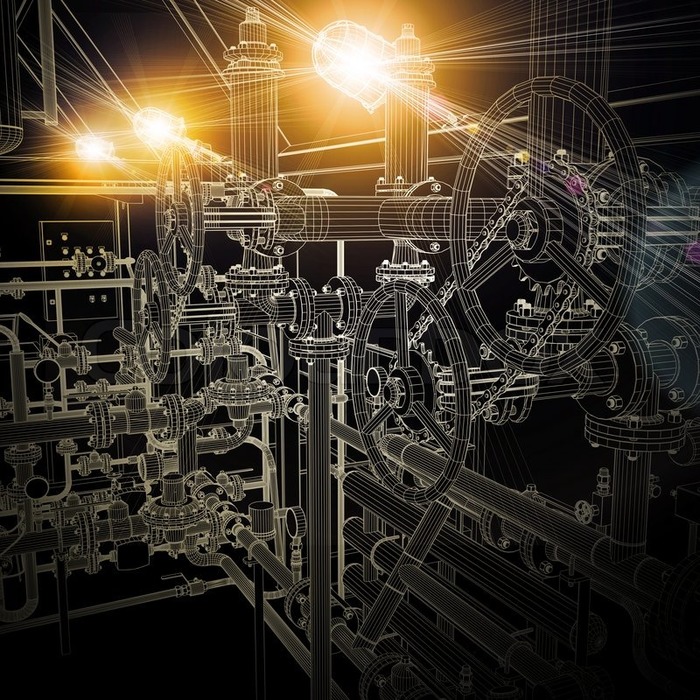
Maes Lighting
All of our industrial lighting is certified by either: UL, ETL or LC and is backed by a manufacturer warranty. Our pricing is as competitive as you will see anywhere. We ask that you give us the chance to earn your business. Complete Customer Satisfaction is our Goal!
Maes Lighting is a Direct from Manufacturer Supplier of Commercial and Industrial Lighting, brings to you a wide range of energy efficient LED lighting solutions with a state-of-the-art product line to choose from. Brighten your homes with our innovative, user-friendly and unique spectrum of LED lighting products. We are located in Tulsa, Oklahoma and provide cost effective lighting solutions to contractors and facility managers in every industry across the USA. If you do not find the products you need on the site, it does not mean we do not have them. Call us at 866-860-6399 and let us know what you need, and we can get it for you.
We Always Ready for a Challenge
0
Products
0
Projects
0
Lighting Simulations
0
Watts of Energy Saved
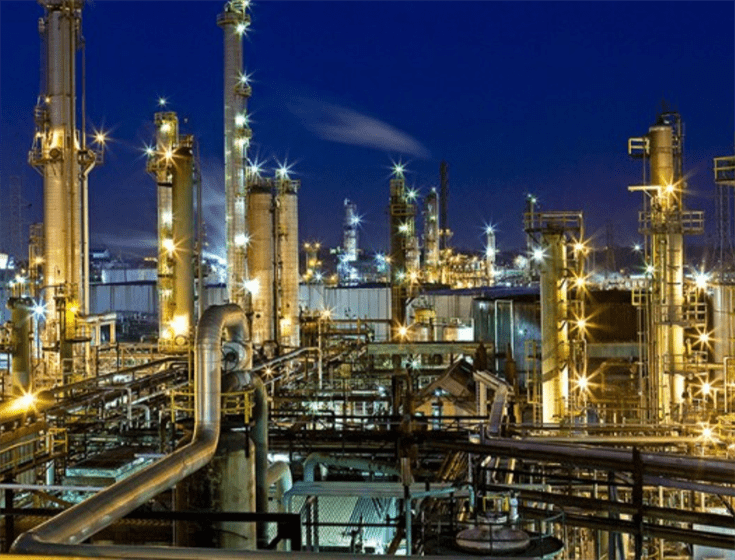
LED lighting has transformed the lighting industry due to its broad range of applications, flexibility in terms of shape and color dynamics, exceptional efficiency, and longevity. This new generation of efficient lighting dominates every space and is a common tool in hotels, shops, museums, theaters, commercial buildings, industries, and smart workplaces.
Fluorescent high-intensity discharge (HID) or halogen lighting has been around for a while, but it is slowly losing its luster. Commercial and industrial LED lights are in high demand because they are far more efficient than many traditional light sources thanks to their high luminous efficacy and the directional light that can be bundled efficiently. Intelligent LED lighting systems have the capacity to save up to 70% of the energy needed for lighting. This significantly reduces carbon emissions and fervently promotes the advancement and application of LED technology.
Clients Reviews

Maes lighting had exactly what we were looking for and was on time with their delivery. We would highly recommend them for your industrial lighting needs.
Robert Wood
Client


Maes Lighting has helped me out with all explosion proof fixtures that i have needed to help fulfill jobs. The service was second to none, delivery was great. I had one unit go bad and they helped me replace it without even blinking an eye. They were great to work with and will continue to work with them.
Ben Kessel
Client


We are an electric contractor that needed a quality LED light for class one div one application and Tommy was a vey big help in getting us the right fixture and at good price as well as a delivery that was quick. Thank You Tommy.
Steven Fesperman
Client


Excellent customer service. You can trust Tommy to take an interest in your order from placement to delivery and beyond.
Nina Powell
Client


Maes Lighting was so easy to deal with and the lighting information given by Tommy Jacobs was very beneficial with helping us to determine what was the best LED hazardous light fixture for our needs. Their cost was very reasonable for the IR3-4-2-LED-DR-UNV 80watt fixture. Thanks Tommy for all your help!!! I will call again if I need something else. Eddie Barnes, Maintenance & Facilities Mgr. for QubicaAMF Worldwide.
Eddie Barnes
Client


The guys at Maes have been providing us hazardous location fixtures for a couple years now, Great customer support and quick shipping.
Tony Dufrane
Client


I highly recommend Maes Lighting, they have high quality lights. Their cost is very competitive, and have always helped making my deliveries. Tommy Jacobs is always going above and beyond, when I'm in bind. He finds a way to get it done. Give them a shot on your lighting needs.
Juan Montealvo
Client


MAES LIGHTING has variety of lighting products, the staffs are really knowledgeable and helpful, they give great suggestions for choosing the right lights for different applications, very good service!
Candice Cai
Client


MAES was a great resource for our warehouse lighting retro-fit proijects. They presented options, and provided answers to all our questions. I've worked with Tommy on 2 location retro-fit projects, and would certainly recommend MAES.
Trey Lewis
Client


Having been in the electrical business for over 45 years we have ordered and installed explosion proof lights on many projects. We were very pleased with the quality and ease of installation of your product. We would highly recommend your product to others.
Walter Bumgarner
Client


Working with Maes Lighting is a pleasure. He is key in our supply chain. He is always available, reliable and willing to offer feedback and solution ideas. Pricing and Delivery are top notch!
R. Simpson
Client


Maes Lighting has more than helped our company move forward with our Green Initiatives. They have personally conducted a lighting study for our plant and found the proper lighting upgrades to help us reduce our energy consumption by 50%
Shannon Dickman
Client


MAES LIGHTING service is second to none in my opinion. Very helpful with issues that may arise and speedy service without any hassles. Firmly stands behind their wide array of products. Have had a great experience since dealing with this company. Would definitely recommend them for any kind of lighting needs. Definitely a 5 star company.
Jarvis McDonald
Client


Working with Tommy of Maes Lighting is a pleasure. He is key in our supply chain. He is always available, reliable & willing to offer feedback and solution ideas. Pricing & delivery are top-notch.
Rosaleigh Simpson
Client

Contact Us For Our Products & Services
Ready to brighten your space? Contact Maes Lighting today and let’s illuminate your vision together. Your lighting journey starts here.
About us
Started in 2008, Maes Lighting is a family owned business based in Broken Arrow, Oklahoma. We supply Industrial Lighting products to customers worldwide
Quick Links
Our Products
@2025 Maes Lighting. All Rights Reserved. Prepare by Shah

